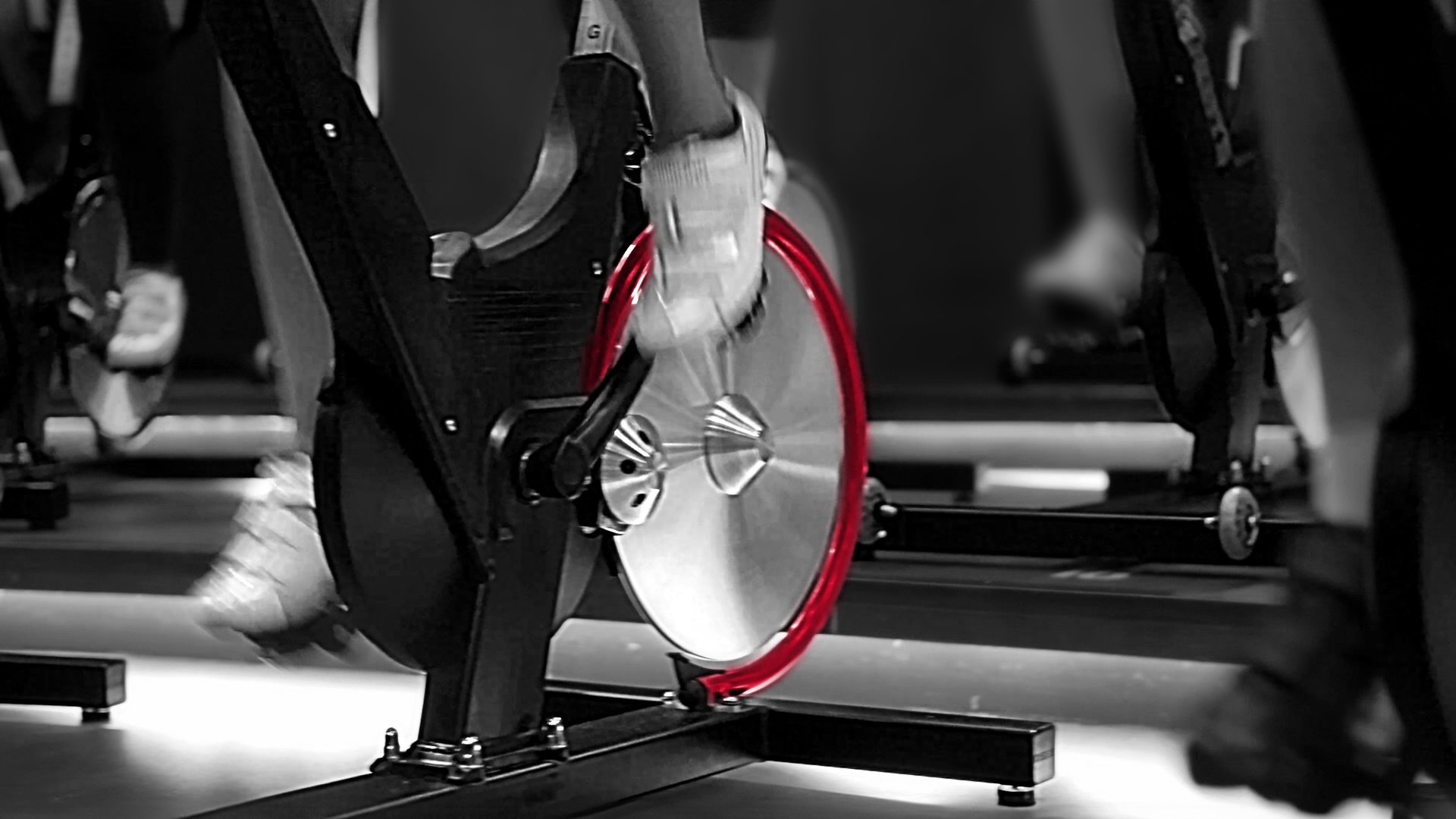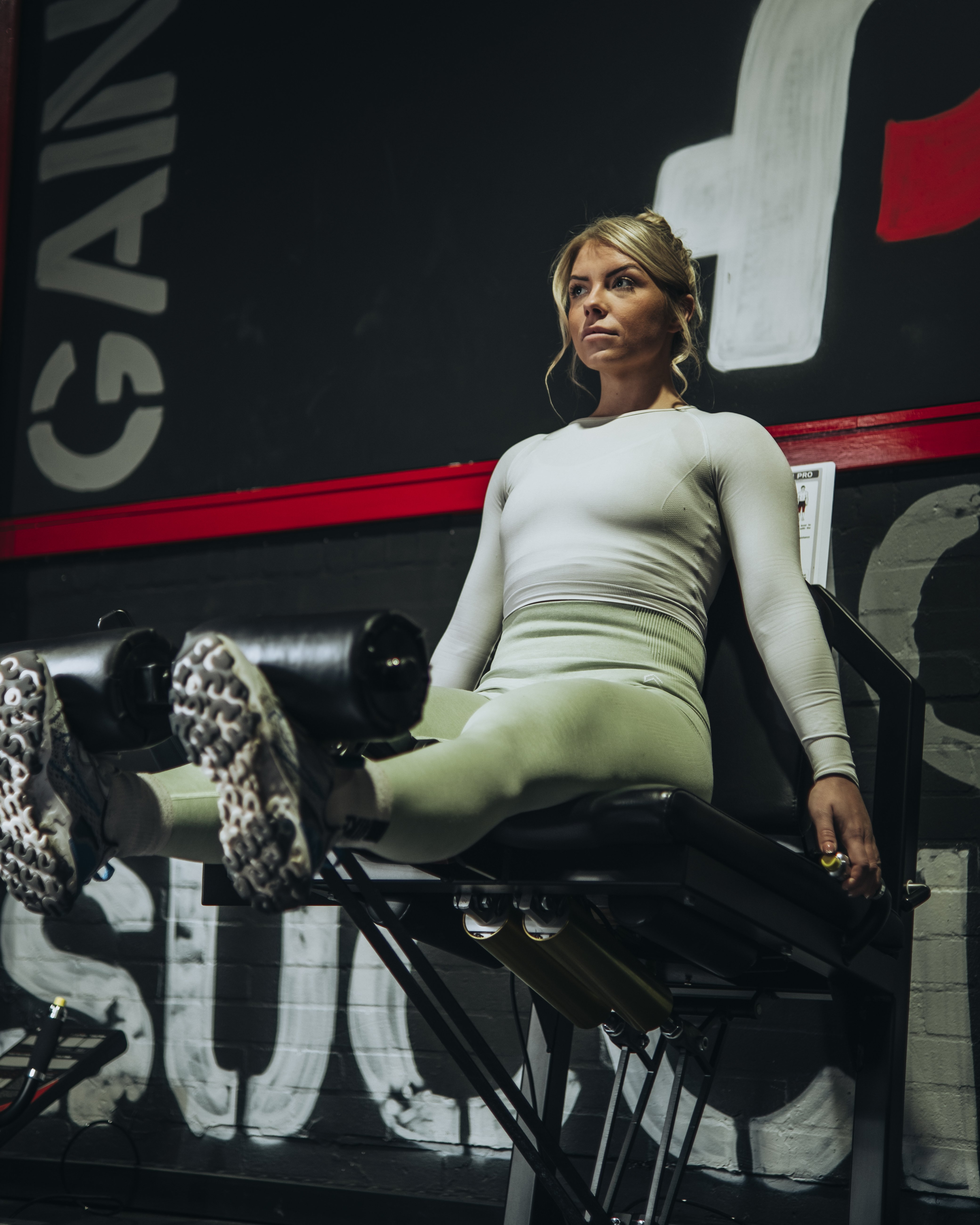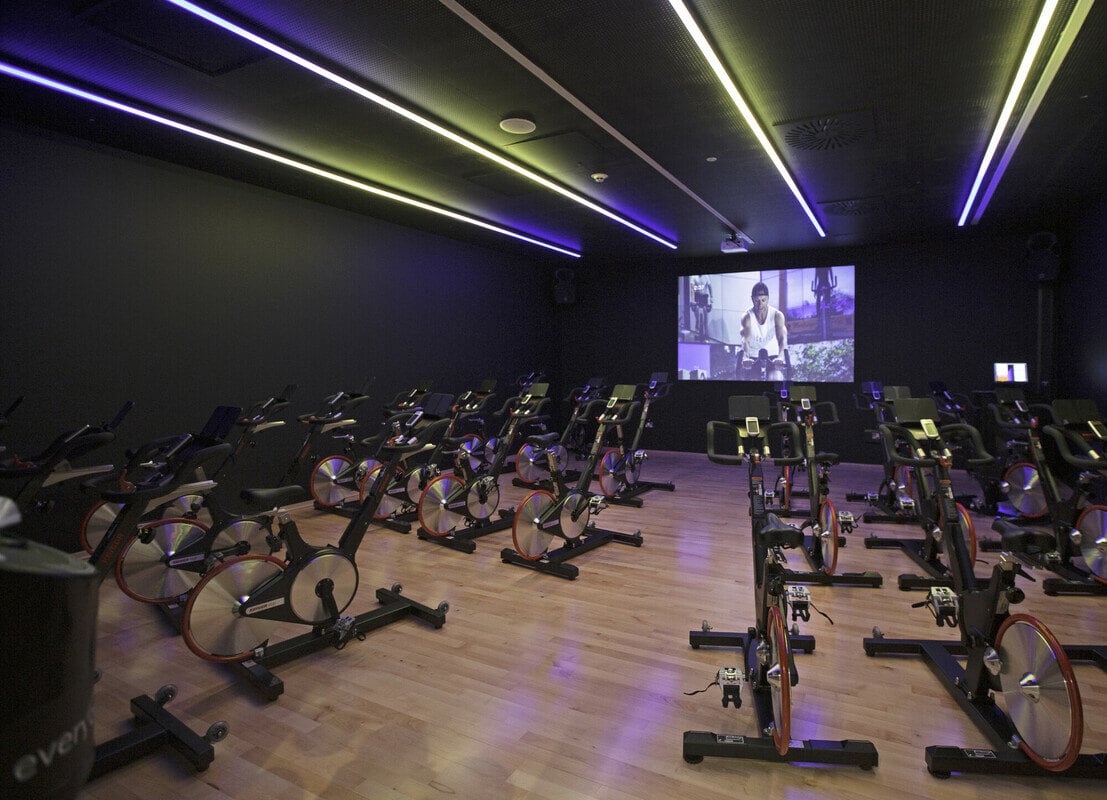How to open a gym and meet your goal of becoming a gym owner
Before embarking on your new venture as a gym owner, consider this your how to open and start a gym 101. Thorough planning at this stage is essential to ensure that you gain crucial early momentum. It can seem like a minefield with so much to consider, so we’ve delved into some key considerations for you prior to diving head-first into your new endeavour!
Do you have the right gym owner certifications?
First, you’ll need a business license, as well as some more specific certifications, permissions, and licensing that depend on the services you offer, your premises, and more. These could include:
- Liability insurance
- Any permissions needed from local government (such as planning permission, if applicable)
- Health and safety certificates for staff members (including first aid)
- Music licensing
- If you plan to sell food or drink, you’ll need food and drink specific permits, as well as health inspections
Make sure you always consult professional legal advice before embarking on opening your gym.
While fitness-specific qualifications are not always needed to open a gym, they are advantageous. If you’re the one who will be doing the training they are, of course, essential. These can include:
- Personal Training Certifications (level 3 and above)
- Any additional Personal Training Certifications, such as pre- and post-natal qualifications
- Group Fitness Instruction Certifications
- Specialist Certifications relating to your gym’s services, such as strength and conditioning or pilates (often completed as part of a level 4 Personal Training Certification)
Do you have a plan?
To ensure your gym’s success, you need to have a solid business plan with your members in mind, ensuring that you create a phenomenal member experience that achieves outstanding results. It’s important to consider if:
- You have adequate funding and a sound cash flow forecast
- You have an established mission statement, underpinning the activities of your business
- You know your target markets and ideal customer personas (the people you want to become your members)
- You know what additional services you plan to offer (if any), such as food, a spa, or
- You have detailed the roles you will need to recruit for
- You have a thorough analysis of competitors and the market as it stands, allowing you to find your gap in the market
Do you have the best commercial gym equipment?
Having best-in-class commercial gym equipment is key to not just attracting your members, but also to keep them coming back. When considering the commercial equipment for gyms you need, we can consider the following areas:
Functional area
Do you have free weights for your functional area? Free weights give your members more freedom to customise their workouts exactly to their capabilities and limitations. They can also be more accessible for beginners.
However, a functional trainer is an outstanding piece of commercial gym equipment, which allows members to have a versatile, but full-body workout. This piece of equipment allows you to accommodate all abilities also- from those in rehabilitation to athletes at the peak of their training.
Cardio machine area
Cardio is one of the most important areas of your gym in terms of footfall, so it requires excellent equipment to keep the footfall consistent. Cardio is a cornerstone of countless people’s workout routines, so a robust cardio area will cater to many people’s requirements and fitness goals.
Ensure you include a variety of cardio equipment, such as:
- Ellipticals- for low-impact, but highly effective workouts
- Exercise bikes- for the indoor cycling enthusiasts and engaging group classes
- Rowing machines- to boost upper body strength
- Treadmills- to help your members boost their endurance
Strength training area
Ensuring you have excellent strength training machines in your gym is an absolute must- to have cardio without strength means you’re limited when it comes to who you’re targeting within your gym. To keep your members satisfied, fit your gym with strength machines like these:
- Leg press- for leg AND glute muscle building
- Hip Adductors- the Keiser Hip Adductor supports the training of the lower body for speed and stability
- Chest Presses- to allow members to build their upper body strength and muscle
If you’re looking for advice on how to open a gym with the best commercial gym equipment for your needs and budget, speak to the Keiser team today and get a bespoke quote for your new facility.

.jpg)




